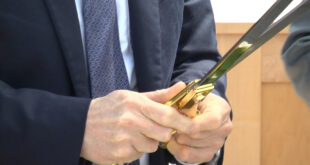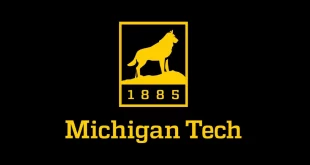The Department of Natural Resources asks Michigan residents to help keep the state’s up-north icon a wild animal by keeping bears at a distance. With many people (whether they’re seasonal visitors or year-round residents) outdoors and enjoying northern Michigan in the summer months, removing bird feeders is an easy answer to bear problems.

“When situations occur concerning a bear, some form of food has usually attracted the bear into the area,” said DNR wildlife communications coordinator Katie Keen. “The common element is usually a bird feeder – seed, suet and even hummingbird feeders. The good news is a homeowner can choose to take control of the situation.”
Michigan’s estimated black bear population is over 12,000 adult bears – 2,000 in the northern Lower Peninsula and 10,000 across the Upper Peninsula. Typically, black bears are shy animals, but they have a great sense of smell and can remember a food source. As a result, a black bear will go places it normally wouldn’t if a food reward is available.
In addition to bird feeders, pet food, garbage, barbeque grills and bee hives also can attract bears. Pet food should be stored indoors, as should garbage until the time of pickup. Garbage that is set out the night before can attract bears and can have more of an impact than just an overturned garbage can.
“Bear are smart, so we have to be smarter,” said Keen. “They are wild animals that are unpredictable and can travel many miles. Your habits can affect those around you, and a bear that loses its natural fear of humans because food has been introduced can end up being bold or dangerous and may need to be put down.”
 Michigan’s bear population generally is found in the northern half of the Lower Peninsula and across the Upper Peninsula. Bears eat most items found in the forest, including plants, berries, nuts, acorns, insects and, occasionally, small mammals. Because bears will eat most anything, their behavior and normal travel patterns will change if an easy food source is discovered.
Michigan’s bear population generally is found in the northern half of the Lower Peninsula and across the Upper Peninsula. Bears eat most items found in the forest, including plants, berries, nuts, acorns, insects and, occasionally, small mammals. Because bears will eat most anything, their behavior and normal travel patterns will change if an easy food source is discovered.
“Don’t wait for the first time a bear knocks down your bird feeder or garbage can; be proactive and don’t let a habit form,” said Keen.
Learn more about living with bears and ways to avoid attracting bears to your property with the DNR’s “The Bear Essentials” video.
Bear population and distribution are managed through regulated bear hunting. Michigan’s bear hunting seasons vary by bear management unit, with the first 2017 season starting Sept. 8. A total of 7,140 bear hunting licenses will be available this fall. Bear hunting licenses are distributed through a preference point system.
 Keweenaw Report Your Source for Local News and Sports
Keweenaw Report Your Source for Local News and Sports





